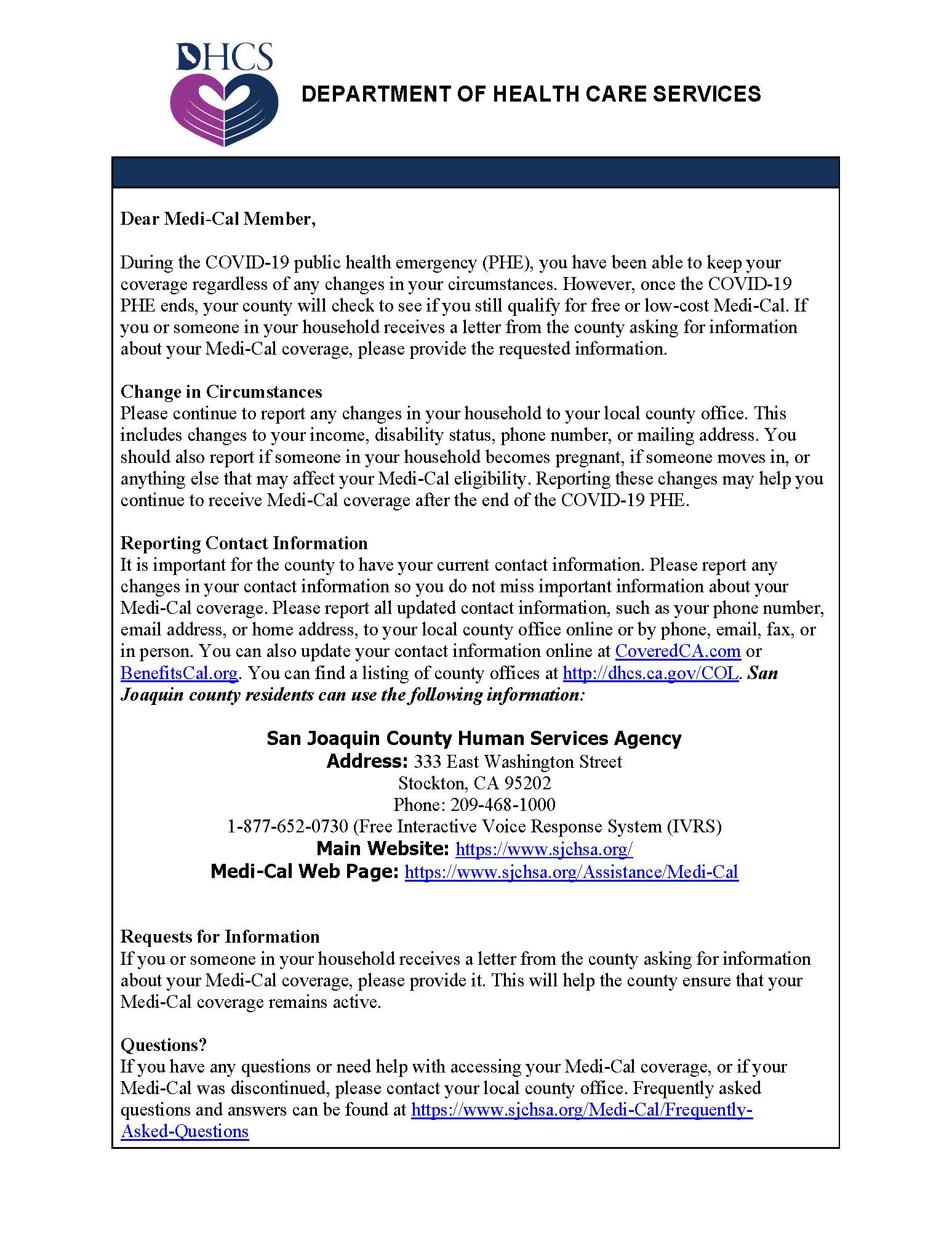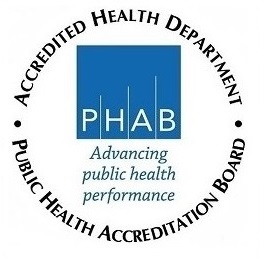MONKEYPOX (MPX)
MPX is a viral infection that is primarily spread through close contact via direct exposure to infectious sores, scabs, or body fluid. It can also be spread through touching materials that have been used by a person with MPX, and via respiratory secretions during prolonged, close, face-to-face contact.
Symptoms of MPX may include fever, headache, muscle aches, swollen lymph nodes, chills, and exhaustion. Within 1 to 3 days, most people will develop a rash that can look like pimples or blisters. These may appear anywhere on the body, including the face, hands, chest, feet, and genitals, or they may be limited to one part of the body. The illness can spread from the time symptoms start until the rash has fully healed, scabs have fallen off, and a fresh layer of skin has formed, which can take 2−4 weeks.
Most cases of MPX resolve on their own and hospitalization is rarely needed. There have been no deaths due to MPX in the United States. The rising cases in the county, state and nationwide should serve as a reminder to the San Joaquin residents that this virus continues to spread. Therefore, they should take precautionary measures.
PROTECTING YOURSELF:
- Talk to close contacts and sexual partners about their health and any recent sores or rashes.
- Do not touch the rash or scabs of a person with MPX.
- Avoid close skin-to-skin contact such as through kissing, hugging, cuddling, or sex with people who have a rash that looks like MPX.
- Wash your hands often with soap and water or use an alcohol-based hand sanitizer.
- Cover exposed skin in crowded indoor spaces.
- Do not handle or share bedding, towels or clothing of a person with MPX.
- Do not share eating utensils or cups with a person with MPX.
- Use appropriate personal protective equipment when caring for others with symptoms, including masks, gowns, and gloves.
PROTECTING OTHERS:
- Stay home if you are feeling sick or having any symptoms of MPX. Avoid gatherings and crowded places.
- Contact a health care provider for an evaluation as soon as possible.
- Avoid skin-to-skin, or close contact with others, including sexual contact, until a medical evaluation has been completed.
- Inform sex partners about any symptoms you are experiencing.
- Cover the rash with clean, dry, loose-fitting clothing.
- Wear a well-fitted mask.
- Do not take care of pets. Animals can be infected with MPX and can spread the virus to other people.
- If you are contacted by public health officials, answer their confidential questions to help protect others who may have been exposed.
CASES:
VACCINATION:
Currently, registration for our MPX vaccine clinics are in MyTurn.ca.gov, and the vaccine is available for anyone who attests that they are “at high risk of exposure to MPX”. Information regarding vaccination opportunities will be posted here.
UPDATES:
- San Joaquin County Confirms Six MPX Human Cases (Press Release: August 2, 2022)
- San Joaquin County Reports First Probable MPX Human Case (Press Release: July 21, 2022)
RESOURCES:
- Mpox Outbreak Quicksheet
- Clinical Assist Tool for Mpox Evaluation (CDPH)
- Mpox Data in California (California Department of Public Health)
- Mpox Vaccine (California Department of Public Health)
- Mpox Guidance for Congregate Living Settings (English)
- Mpox Guidance for Congregate Living Settings (Spanish)
- CDC Report on Severe MPX (U.S. Centers for Disease Control and Prevention)
- Information for Local Health Departments (LHDs) (California Department of Public Health)
- MPX Guidance and Status in U.S. (U.S. Centers for Disease Control and Prevention)
- Recommendations for Management of Persons with Possible Exposure to Someone with MPX in Community Settings (California Department of Public Health)
- MPX: Social Gatherings & Safer Sex (U.S. Centers for Disease Control and Prevention)
- MPX: Pets in the Home (U.S. Centers for Disease Control and Prevention)
- MPX: Disinfecting Home and Other Non-Healthcare Settings (U.S. Centers for Disease Control and Prevention)
- MPX Guidance & Status in California (California Department of Public Health)
- MPX vs. COVID-19: FAQ (California Department of Public Health)
- Mpox Questions and Answers (English) (California Department of Public Health)
- Mpox Questions and Answers (Spanish) (California Department of Public Health)
- Mpox Infection Control Guidance for Residents and Staff of State and Local Correctional Facilities (English) (California Department of Public Health)
- Mpox Infection Control Guidance for Residents and Staff of State and Local Correctional Facilities (Spanish) (California Department of Public Health)
- Mpox Infection Control Guidance for Clients in Congregate Shelters, Including Shelters for People Experiencing Homelessness (English) (California Department of Public Health)
- Mpox Infection Control Guidance for Clients in Congregate Shelters, Including Shelters for People Experiencing Homelessness (Spanish) (California Department of Public Health)
- Treatment Information for Healthcare Professionals (The U.S. Centers for Disease Control & Prevention)
- Patient Guide for The Treatment of Monkeypox (Mpox) with Tecovirimat (TPOXX) (English) (The U.S. Centers for Disease Control & Prevention)


